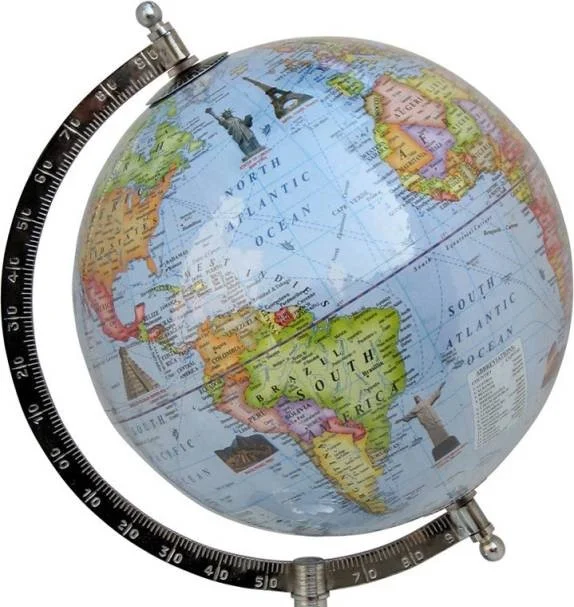The Tax Cuts and Jobs Act was signed into law in December 2017. Among the many changes that it brought to the US tax system was a one-time repatriation tax. The tax reform required US companies to pay a one-off tax of 8% to 15.5% on overseas earnings; after, they are able to return that money to the US without facing additional federal income taxes
The aim was to bring back money that was being kept outside of the US. It was particularly targeting large companies like Apple and Microsoft, which were known to be taking measures to cut down their US tax bills. In fact, some sources found that certain companies – including General Electric – paid no federal income tax in the eight-year period from 2008 to 2015.
Before implementing the tax reform at the end of 2017, the US administration estimated that $2.6 trillion of unrepatriated earnings were kept overseas. But since the law came into force, how much money has actually been repatriated, and how much did big companies pay as repatriation tax?
In terms of the tax hit, certain companies reported their one-off repatriation tax bills. Apple, which had $252.3 billion in overseas money when the new tax rules were introduced, was reported to have agreed to pay $38 billion in tax. The tech giant has also stated that it will be investing heavily in the US, generating thousands of domestic jobs.
In the financial services sector, Goldman Sachs was reported to have paid $4.4 billion in repatriation tax, while JPMorgan Chase had a $2.4 billion tax bill.
Reuters has reported that US companies brought back $500 billion in 2018, a huge number and yet still a far cry from the estimated $2.6 trillion. The bulk of the repatriated money came between January and March of 2018, when companies sent home around $300 billion.
JPMorgan has dug deeper into the recent data and has found that the inflows of repatriated money is decreasing significantly. Indeed, dollars repatriated during the July to September 2018 period amounted to around $93 billion, a significant decrease compared to the first quarter.
What has been the impact of the repatriated money on the broader economy? Once their money has been returned to the US, the companies can decide what to do with it. Two of the most obvious options are reinvestment into the company’s key businesses, or to repurchase (or buyback) its shares.
It has been widely reported that the final quarter of 2018 was a bleak one for the US equities market, and there are concerns about which direction the US economy is headed. Money brought back into the US thanks to the repatriation tax likely helped the US reach a record year for US share buybacks. However, as the pace of repatriated money slows, it looks like the support that this extra cash has provided to the US financial markets is starting to dwindle.

